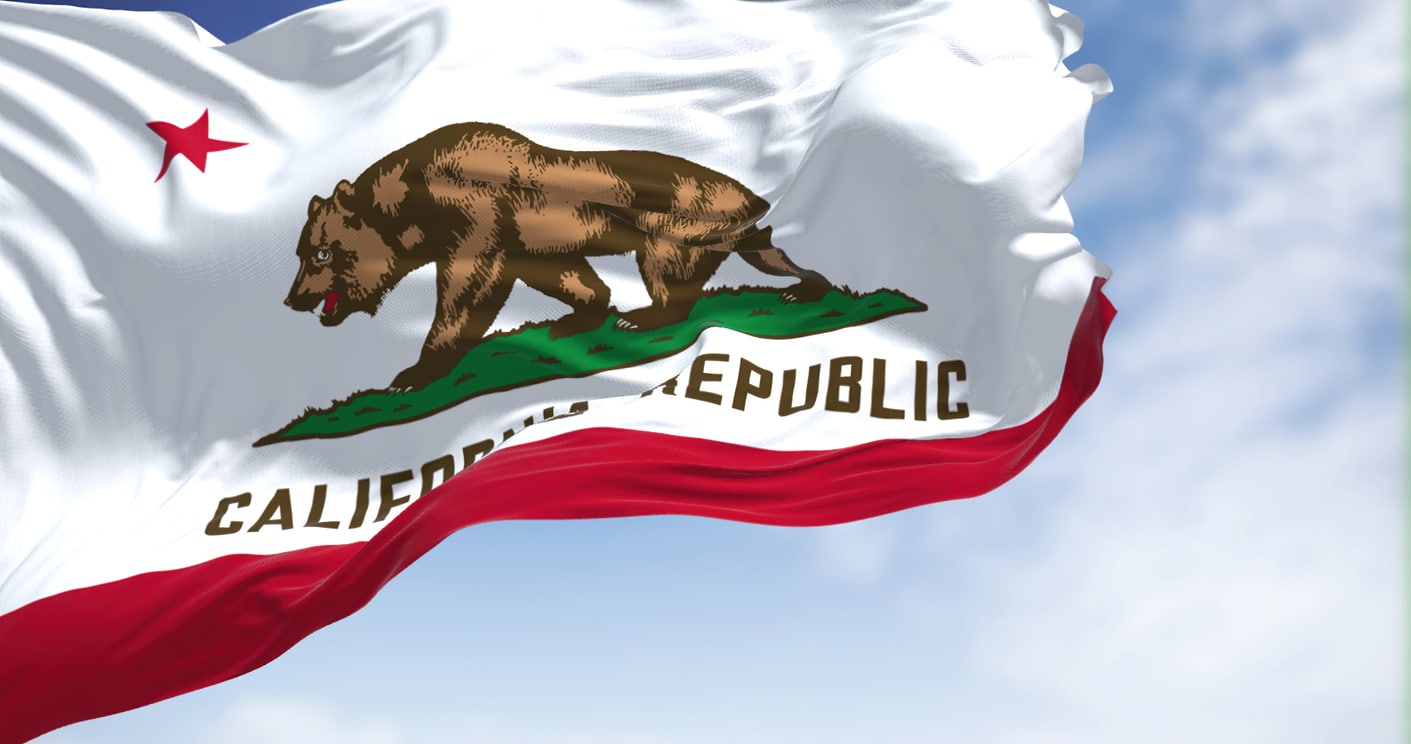If California regulators decide to permit the use of catastrophe (CAT) modeling to set rates, they must balance two interests: public transparency and the protection of proprietary information.
California’s Department of Insurance (CDI) recently held a virtual workshop to discuss the use of catastrophe modeling in ratemaking. The state currently does not allow insurers to use such models, among other factors, when setting property insurance rates. Industry groups argue that models are vital to setting appropriate rates, especially in a state plagued by drought and wildfire. They have intensified their calls for regulatory reform after a number of major insurers announced they were pulling back coverage in California.
CDI officials said the workshop garnered strong public interest. Key objectives of the discussion included how the incorporation of CAT models would fit in with existing regulations, to what extent would models’ methodologies and inner workings be publicly disclosed to comply with regulations, and potential alternative methods for structuring model review, such as the use of an independent third-party panel.
The hourslong session drew testimony from industry experts, consumer advocates, academics, and community leaders.
CAT models are “integral” to insurers globally, Roger Grenier, a senior vice president at Verisk in its global resilience practice and extreme event solutions, told workshop attendees. Risk managers and finance professionals in California already use them for their own purposes. Allowing insurers to use them in rate calculations is “a next logical step” toward maintaining a healthy insurance market in the Golden State, he said.
“We believe it is important to balance public access to information on insurance rates with appropriate protections for private investments and model development,” Grenier said. “Our goal is to strike a balance between providing meaningful, useful information to help the public while protecting our investments in model development that contribute significantly to the understanding of risk to the benefit of many stakeholders. We believe there is a path forward to achieve these complementary goals.”
Opponents of the use of CAT models in ratemaking argued that regulators cannot fully evaluate these models when insurance companies withhold important information due to claims of proprietary information.
Amy Bach, executive director of United Policyholders, said if insurers are allowed to use models in California, the resulting increase of pricing will exacerbate the issue of already sky-high property insurance premiums. Bach also claimed that CAT models can be designed to “overstate risk” and artificially increase insurance rates.
“We firmly believe that allowing the unfettered use of CAT models for rate-setting will create more problems than it will solve,” she said.
Bach urged CDI to consider alternatives, such as allowing insurers to apply a trend factor to previous CAT losses to account for the increased frequency of wildfires. California could also create its own public wildfire CAT model, according to Doug Heller, director of insurance at Consumer Federation of America. This alternative would allow insurers to use a model, albeit not their own, that is fully transparent to the public.
“So rather than trusting private, black box modeling, by developing a public model for the California insurance market we can help our insurers better prepare for the impact of climate change on California homes and properties without sacrificing the consumer protections that are needed to make the market affordable, accessible, and accountable,” said Heller.
Other speakers pushed back on the alternative methods that consumers advocacy groups suggested. Claims that CAT models overstate risk is “fundamentally not true,” said Michael Young, vice president of product management at RMS, adding that models were originally built to facilitate transactions between primary carriers and reinsurers and not to justify primary rate increases.
“The purpose of catastrophe models is to get away from debating about whether last year is going to happen or not happen again, but untangle the trends in exposure development, the changes in building construction, the degree to which climate change is affecting the climate, and other factors that are complicating what the forward-looking view of risk could possibly be,” Young said.
State law requires that insurers set rates for CAT-prone business lines based on a long-term average of CAT claims. The average requires “at least 20 years [claims history] for homeowners multiple peril fire.” A 2022 report from Milliman found California’s required method “exposes both insurers and consumers to rate shock.” This is especially prevalent in wildfire risk, which is fueled by climate change and growing in frequency and severity.
“While the historical method relies solely on an insurer’s past experience to calculate a catastrophe load for the future, catastrophe models can recognize changes in exposure, the environment, and mitigation,” the authors of the Milliman report stated.













